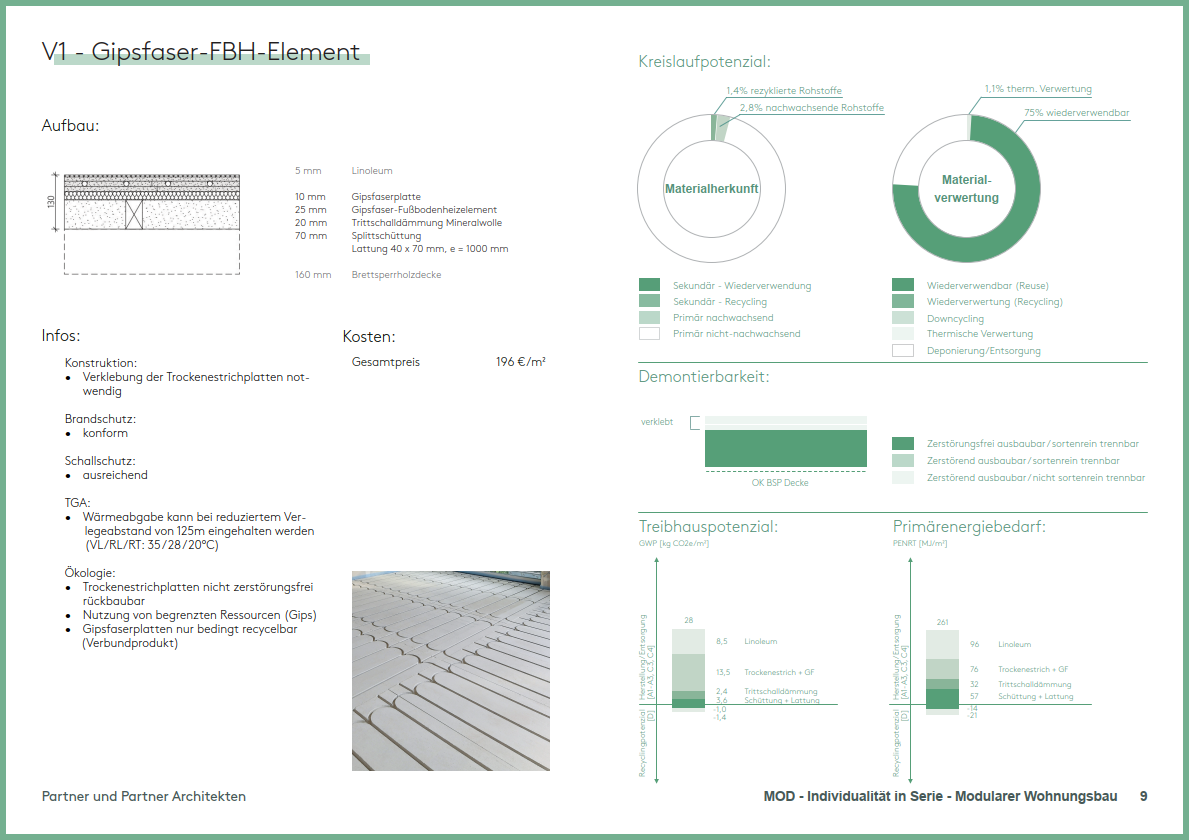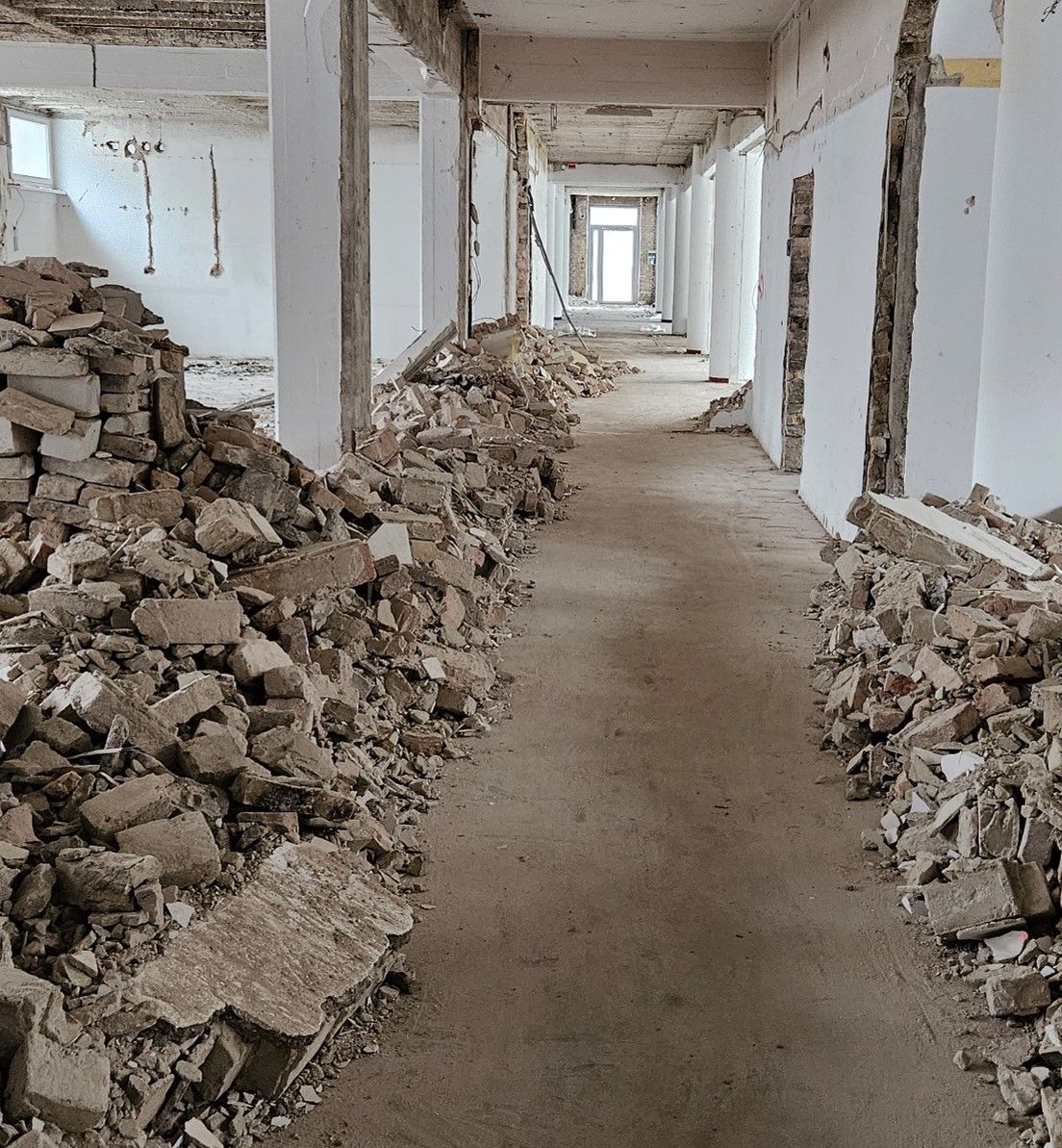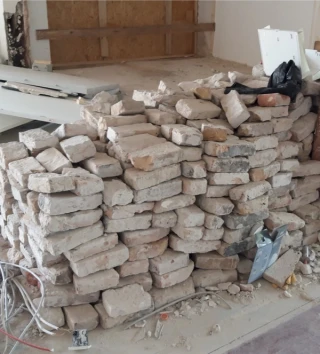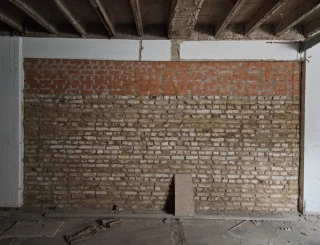Life Cycle Assesment


LCA individual component consideration
The greatest leverage for optimizing projects in terms of their ecological impact is found early in the project process. To do this, we create comparisons of different variants of the essential components and examine them comparatively with regard to the CO2 emissions caused, the bound gray energy and the circular potential of the individual materials, of course in relation to the construction costs and taking into account the specific framework conditions.We provide advice in order to make holistically sensible and ecologically justifiable planning decisions.

Madaster certificate
An important tool in our architectural practice is the consideration and optimization of the entire life cycle of a building - from construction to operation to utilization. With the help of the life cycle assessment software Madaster, we can check the environmental impact of the respective project based on the BIM planning, identify weak points and readjust them if necessary.The resulting register of the materials and products installed in the building on the platform is made accessible to the client.At the same time, a building resource pass can be created using Madaster.In addition, the CRREM tool (Carbon Risk Real Estate Monitor) can be used to check the conformity of the planned building with the decarbonization path derived from the Paris Climate Agreement.

Secondary components pre-check
The use of “urban mining” is a crucial part of the resource transition in the construction sector. However, the reuse of components does not correspond to common (linear) construction practice and creative solutions are often required to implement it. We help you to assess early in the planning process to what extent the use of secondary components makes sense in your construction project. In addition to the legal requirements, we examine the economic viability and ecological benefits of the planned reuse. We rely on our existing network of component dealers, dismantling and reuse experts. This enables smooth and low-risk planning with secondary components. Part of the secondary component pre-check also includes a preliminary check of the availability of the components at local component exchanges as well as a final list of the emissions saved through the planned reuse.

